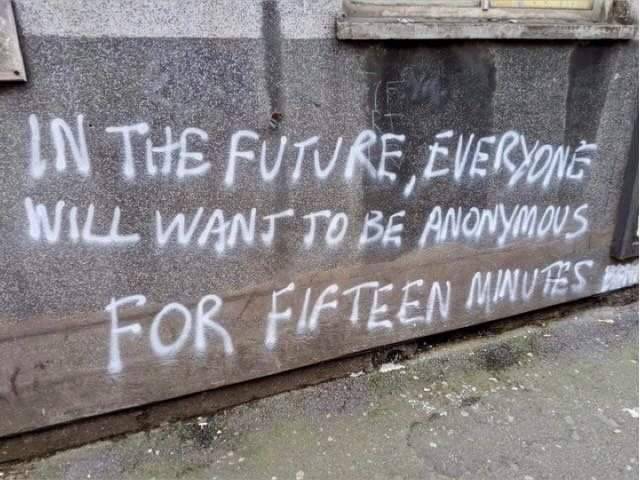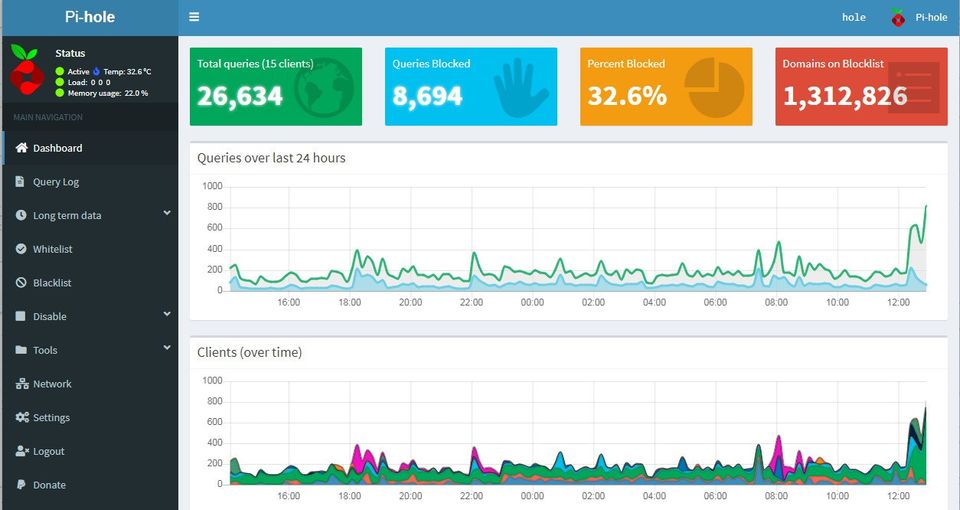Dark patterns is a phrase used to describe design principles that attempt to influence or shift your behaviour in a specific and desired direction.
We experience these dark patterns everyday. On the web, and via our digital media. Sometimes these examples are glaring, other times so successfully subtle as to make them nearly invisible.
Even when these dark patterns are super annoying, we somehow tolerate and barely notice them, a sign perhaps of their pervasiveness.
This game, Terms & Conditions Apply, is a great example that illustrates how dark patterns work.
A game that mimics dark patterns in terms of service. https://t.co/AhX98Ba8fA
— Ryan Calo (@rcalo) May 21, 2021
It’s difficult to describe the above game without experiencing it, so please do take a moment to experience it. While that experience may not be foreign, it may also be mildly frustrating, as it evokes the intention of dark patterns.
Dark patterns may have tipped over into the realm of cliché, a combination of their corruption and commonality. Corrupt as the method is literally designed to corrupt your intent and attention. Commonality as dark patterns are becoming so common on the web that we may be developing immunity.
Assuming your score in the above linked game was not that bad?
Dark patterns are beyond parody. But designers aren't stupid... surely they know they're trashing their brands. My guess is there's a principal-agent problem in many co's where execs don't realize they're shooting themselves in the foot by tying incentives to short-term metrics. https://t.co/AGkYyiCTUS
— Arvind Narayanan (@random_walker) July 19, 2021
Perhaps dark patterns are an evolution of search engine optmization?
SEO was and remains a(n albeit decreasing) practice in which a website is designed primarily for a robot audience (search engines) rather than human. The logic of the content and layout prioritized for search engine consumption rather than a human reader (who is secondary).
Dark patterns extends this design practice by focusing on the needs of the publisher rather than the user. Rather than being served by the content, the user is being manipulated by it. If you read that sentence and shrugged that demonstrates how dark patterns are already becoming a fabric of our culture.
Dark patterns are designs that hurt people's decision-making ability.
— The Markup (@themarkup) June 29, 2021
Does this look like a dark pattern? ⬇️ pic.twitter.com/2jDZ2Is1Sl
Yet just because something is pervasive, does not mean it should be embraced or even tolerated. That we’re collectively recognizing dark patterns when we experience them is significant.
Which of these switches would you identify as checked? 🤔@darkpatterns all around pic.twitter.com/suyD0A0t1y
— Juan MV ۞ (@calvellido) July 22, 2021
It helps to break down what is involved in dark patterns, and why they can be effective, or conversely, what we can do as users to mitigate their effectiveness. Step one is just recognition, but step two is understanding their mechanics.
We shouldn't shrug off dark patterns as simply sleazy sales online, or unethical nudges, or business-as-usual growth hacking. Dark patterns are distinct and powerful because they combine all three in an effort to extract your money, attention, and data. https://t.co/TbSualZ5fQ pic.twitter.com/g1SZLTScFM
— Arvind Narayanan (@random_walker) July 1, 2021
Dark patterns are user interfaces that benefit an online service by leading users into making decisions they might not otherwise make. Some dark patterns deceive users while others covertly manipulate or coerce them into choices that are not in their best interests. A few egregious examples have led to public backlash recently: TurboTax hid its U.S. government-mandated free tax-file program for low-income users on its website to get them to use its paid program; Facebook asked users to enter phone numbers for two-factor authentication but then used those numbers to serve targeted ads; Match.com knowingly let scammers generate fake messages of interest in its online dating app to get users to sign up for its paid service. Many dark patterns have been adopted on a large scale across the web.
In this paper, the researchers note that dark patterns are an extension of growth hacking (and SEO) that emphasize containment followed by monetization.
At first growth hacking was about… growth, which was merely annoying for the rest of us. But once a platform has a few billion users it must "monetize those eyeballs". So growth hackers turned to dark patterns, weaponizing nudge research and A/B testing. https://t.co/TbSualZ5fQ pic.twitter.com/LFObZVfhuS
— Arvind Narayanan (@random_walker) July 1, 2021
The weaponization of social media is a concern that our society has been wrestling with, but with dark patterns we can see where the bleeding edge pushes the techniques and tolerance for these tactics.
While there are technical responses being developed…
There is also more we can do: ethical hackers are making tools to make it easier to expose dark patterns, and free software communities like @fdroidorg are enforcing strict reviews based on user-oriented criteria, also making it easy for anyone to dig in https://t.co/crSTlRd1jF
— _hc (@hansstatus) July 1, 2021
The larger answer will inevitably regulation.
Yet as per usual regulators lag behind dark patterns, and the policy debate on what to do about it is in its infancy.
We’re still at that preliminary stage of educating people about a phenomena they’re already actively experiencing on a daily basis.
"Think you can tell a dark pattern from an ethically designed prompt? Take our quiz to find out": https://t.co/cMg1WY2x4M #ethics #internet #design
— Internet Ethics (@IEthics) July 5, 2021
Perhaps there’s solace in the idea that now you’ve been primed to dark patterns you too will notice them everywhere?
This could be clearer @NSWHealth #auspol pic.twitter.com/IA1fjkYRN8
— Nikola Casule (@NikolaCasule) June 21, 2021

